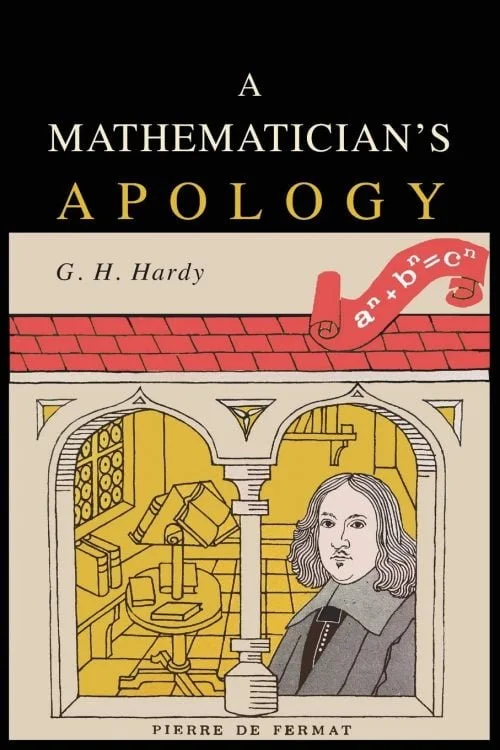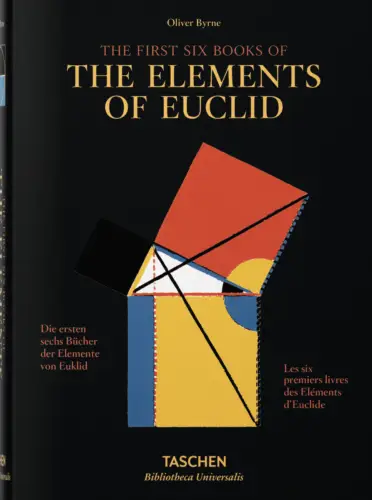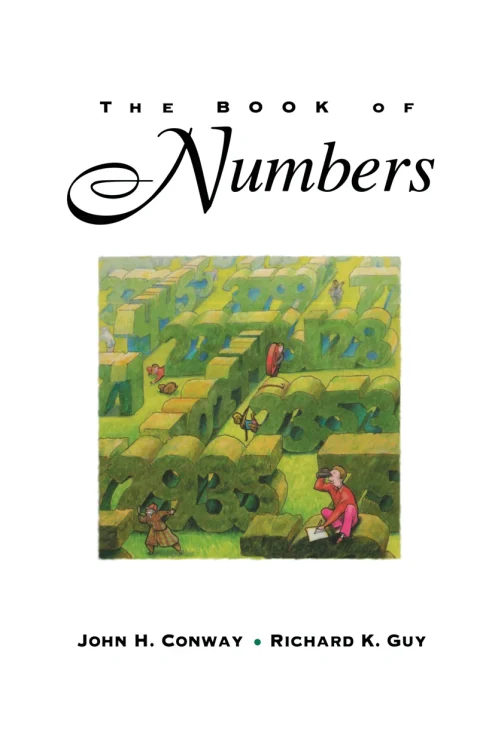Discover the groundbreaking work of Leonardo of Pisa, also known as Fibonacci, in his book Liber Abaci. First published in 1202 and expanded in 1228, this encyclopedic masterpiece aimed to share revolutionary mathematical knowledge and computational techniques with Italian readers. Dive into Fibonacci’s exploration of the Arabic numerical system, algebraic solution techniques, and a wide range of applied problems, including cost and profit, partnership, and mensuration.
Liber Abaci not only established a genre for European commercial arithmetic books but also introduced the famous “Fibonacci sequence” through a rabbit breeding problem. For centuries, this influential work remained untranslated, until now.
In this remarkable English translation by Laurence Sigler, a Professor of Mathematics at Bucknell University, you will find a valuable resource for understanding medieval European mathematics. Sigler’s previous translation of Fibonacci’s Liber Abaci was praised by mathematical historians, giving us confidence in the factual information presented in Boldassarre Boncompagni’s compilation.
Although the text may be dense and challenging to read, Sigler’s translation includes a brief introduction and serves as a serious research tool for students and a valuable reference for any undergraduate math library. Delve into the world of Fibonacci’s Liber Abaci and witness the evolution of western mathematics.
















